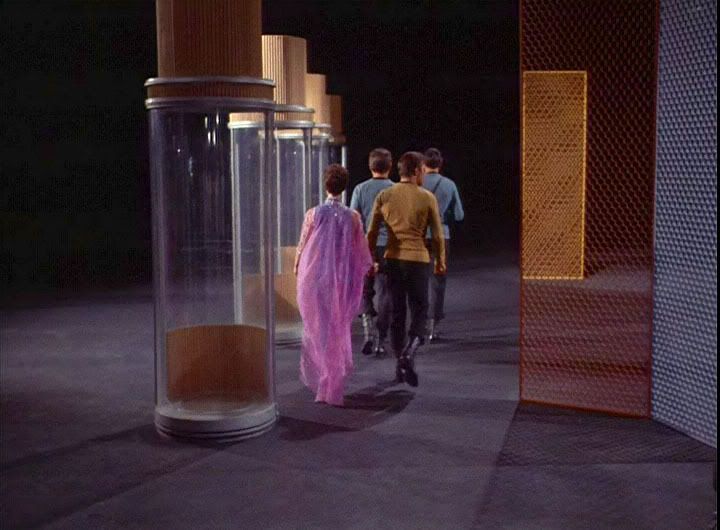Well, not exactly. In the original pilot, the Jupiter 2 was a slower-than-light ship expected to take years to reach its destination, and it drifted for years when thrown off-course. Whe they retooled it for the series and added Dr. Smith as a stowaway, he didn't have a cryochamber to preserve him for years, so they retconned in a hyperdrive so that the J2 could make the interstellar journey in hours.
Where was it mentioned or established that the journey, I assume you mean to Alpha Centauri, would take hours? As Galileo 7 points out the trip in the retooled initial episode was supposed to take 5 1/2 years. What am i missing? Also, I'm not sure the Jupiter 2 was ever cited as having hyperdrive capabilities as it was supposed to function. During the journey to Priplanus, the only time they traveled in hyperdrive was after the Robot did his thing to the astrogator. This seemed to be confirmed by the mission controller? who in speaking to the President, referenced the incredible speed that the ship achieved, putatively only during the Robot's rampage which put them totally out of the range of Earth to locate.
Additionally, in the Sky Pirate, Robinson and West marvel over Tucker's ship, a hyperspace drive vehicle as they describe it, which could get to Earth in seconds. That would also seem to imply that the J2 is not designed to be capable of hyperdrive, except in the extenuating situation when it was out of control.









